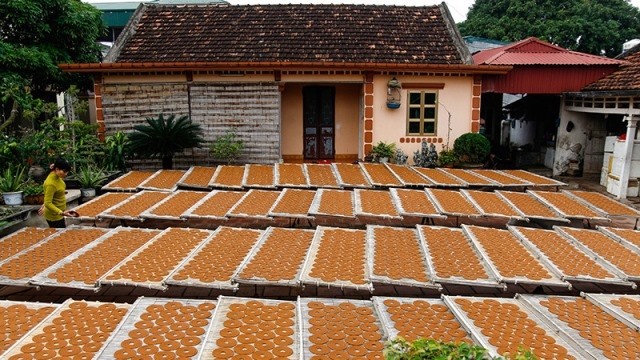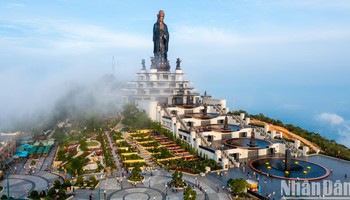 |
Sawdust of aloe wood, the main ingredient for the making of incense.
 |
Each incense-making family in the village has its own secret formula of refining and mixing the incense powder, which creates unique fragrances for the incense sticks.
 |
Sticks are dyed and dried to prepare for making incense.
 |
Incense makers now apply machines in their production rather than doing everything manually as in the past.
 |
An employee can make from 20,000 to 30,000 incense sticks every day thanks for support from machines.
 |
Nguyen Dinh Quang’s family is the only incense maker in the village to finish all steps of the making process by hand. Quang said that manually-made incense will generate more smoke and better aroma when it is burned compared to machine-made ones.
 |
In addition to incense sticks, the villagers also make incense coils
 |
An employee rolling incense into coils
 |
If it is sunny, it takes only one day to let incense totally dry under the sun
 |
When the weather becomes rainy and humid, makers must use drying ovens to make incense dry quickly and without mould.
 |
Incense sticks from Cao Thon Village have a pleasant aroma and have won much favour from customers.
















